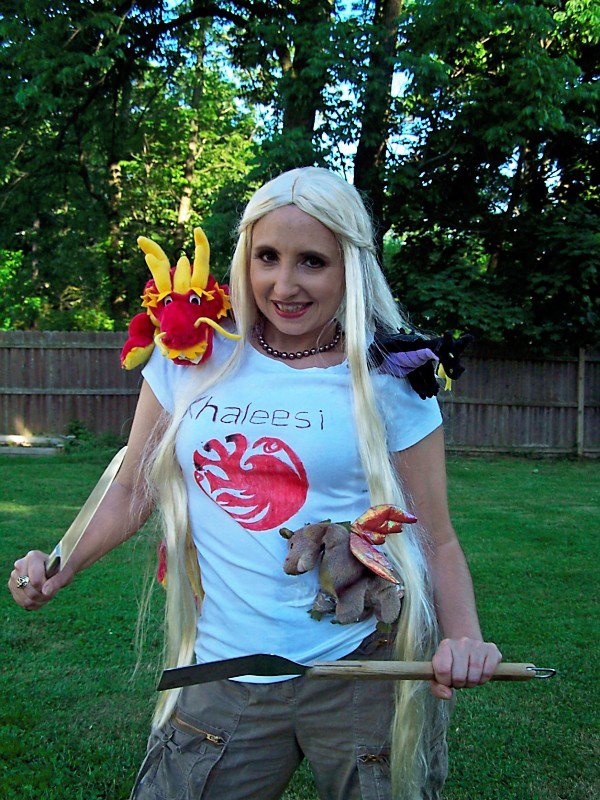Spotlight: A Pair of Red Shoes
[creative nonfiction]
This is a story about a pair of red ankle-strap shoes. High heels, of course, high heels that give the longest legs to even the shortest of girls—in this case, an Italian girl who stood just a little short of five feet tall, in the Jersey City of 1942. She was a scandal in her shoes. She was probably a scandal even without her shoes, and I can’t even begin to imagine—nor am I entirely sure I want to imagine—what kind of scandal she was when she got it in her mind to remove those shoes. But in this story, she is most definitely wearing those shoes.
Red. High. Ankle-strapped. The kind of shoes no self-respecting, Italian-Catholic girl would ever wear, but always wanted. Red shoes are not for good girls. Red shoes are for harlots. Puttanas. An ankle strap? What kind of good girl wears an ankle strap? The strap calls the eye, draws the eye to the shapely ankle and up the slender calf, to the peek of a white slip, the hint of lace beneath the dress. And where the eye is drawn, the mind will wander, and wonder at that lace beneath the dress and, well, plain old beneath the dress. Ankle straps! Puttana.
But this isn’t about lipstick. This is about red, ankle-strap shoes. Every woman needs a pair. There is something about a red shoe; even Dorothy knew it.
Philomina Lanna had red, high-heeled ankle strap shoes, and she was the scandal of her neighborhood. She wore those shoes everywhere. She wore them to work, at the Dixon Ticonderoga Pencil Factory, and called them her “Rosie Rivet heels” when they clacked across the concrete floor. I am told she even wore them to church. She wasn’t much impressed by church. She was all right with God and his son, and she was enamored of Mary. Mary, the mother; Mary, with her crown of stars. Mary who paid special attention to the prayers of women and children, and perhaps especially women without children, like Min, though she probably didn’t know it then, when she walked to work in her red shoes.
She probably didn’t walk, not like she was supposed to walk. She never walked like she was supposed to—in my life, I never once saw her walk with her eyes down or her face hidden. She walked, and her sister (who would be my grandmother one day) walked, and eventually my sister and I would walk with heads held high. She stared the world down and every man in it in the face, daring them to say a word about her shoes. She wore red lipstick, too: the red of Italian blood oranges in the height of summer, as lush as the flesh of those fruits, her lips shining and juicy.
But this isn’t about lipstick. This is about red, ankle-strap shoes. Every woman needs a pair. There is something about a red shoe, even Dorothy knew it. A red shoe can’t be ignored and a woman wearing a red shoe knows it. A woman wearing a red shoe has no interest in being ignored—that’s why the puttanas wear them, because people will notice. Men will notice. They may not remember your name, but they’ll remember those red shoes and the sexy legs in them. Red shoes make your legs sexier. It’s inevitable.
She was in her twenties and unmarried. Divorced, in fact, another scandal for a young Italian woman from the neighborhood, and another one she didn’t give two fucks about. She got permission for her divorce from the monsignor himself, when she walked down to the rectory and tore her blouse open to show the bruises and said: “There. You look at those and you tell me Jesus wants me to be married to the man who gives them to me.” She got her divorce, and took communion the following week.
But that one particular night, the most famous night of the shoes, was the night of a USO dance in Jersey City, by the Hudson where the Navy ships would dock so the boys could come ashore to dance. Min’s father took his daughter aside before she could walk out the door to the dance and he told her, “You dance with any boy who asks you.” Min was notoriously picky, you see—all four foot eight of her liked the tallest boys, with the brownest hair and the darkest eyes. But her father was having none of it. “You dance with any boy who asks you, and I don’t care what he looks like, or where he’s from, or who his father is, or if he has brown eyes or no eyes. You dance with him. Because those boys will leave tomorrow and some of them will never come back. They deserve a dance with a pretty girl. So any boy who asks you to dance, you dance. If they have to have a last memory, let it be you.”
So she danced with every boy, every man who asked her—tall, short, fat, skinny. She laughed when she danced with the red-headed Irish boys from Brooklyn and told them they clashed with her lipstick. She teased the Latin boys by flirting in Italian that was just close enough to Spanish, but not quite. She winked at Jewish boys and asked about their matzoh balls. She danced with them all, and the next morning, the boys left. Their boat never came back. They were torpedoed somewhere in the Atlantic. The boat sank to the bottom of the ocean, somewhere far from dance hall lights that glinted off ripe red lips and ruby heels to match, and it took too many of those dancing boys down with it.
I have six pairs of red shoes and lipstick to match. I learned from Min and her stories, about the power of a scarlet pair that makes a memory. And though I may stand a little taller than four foot eight, I hold my head high when I walk, and I always say yes to a dance.






